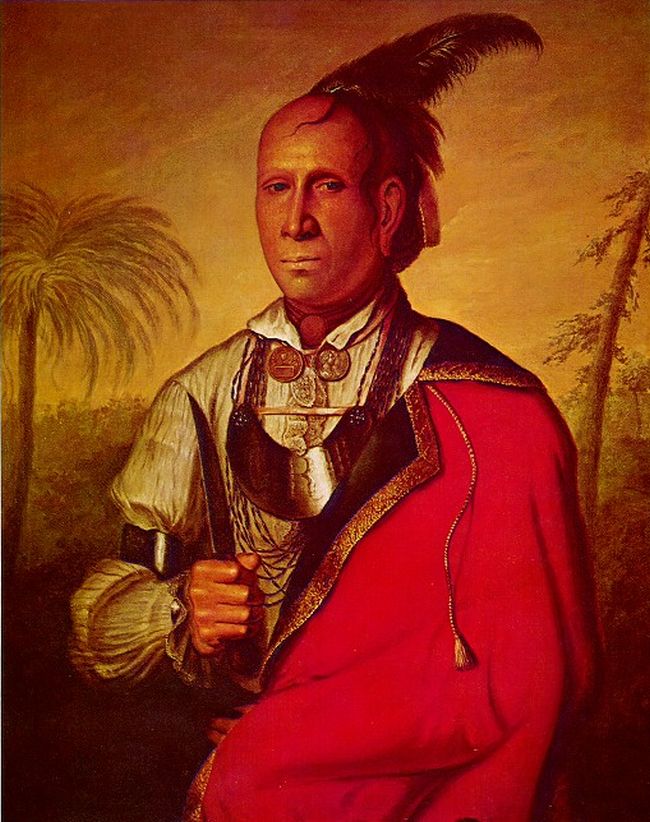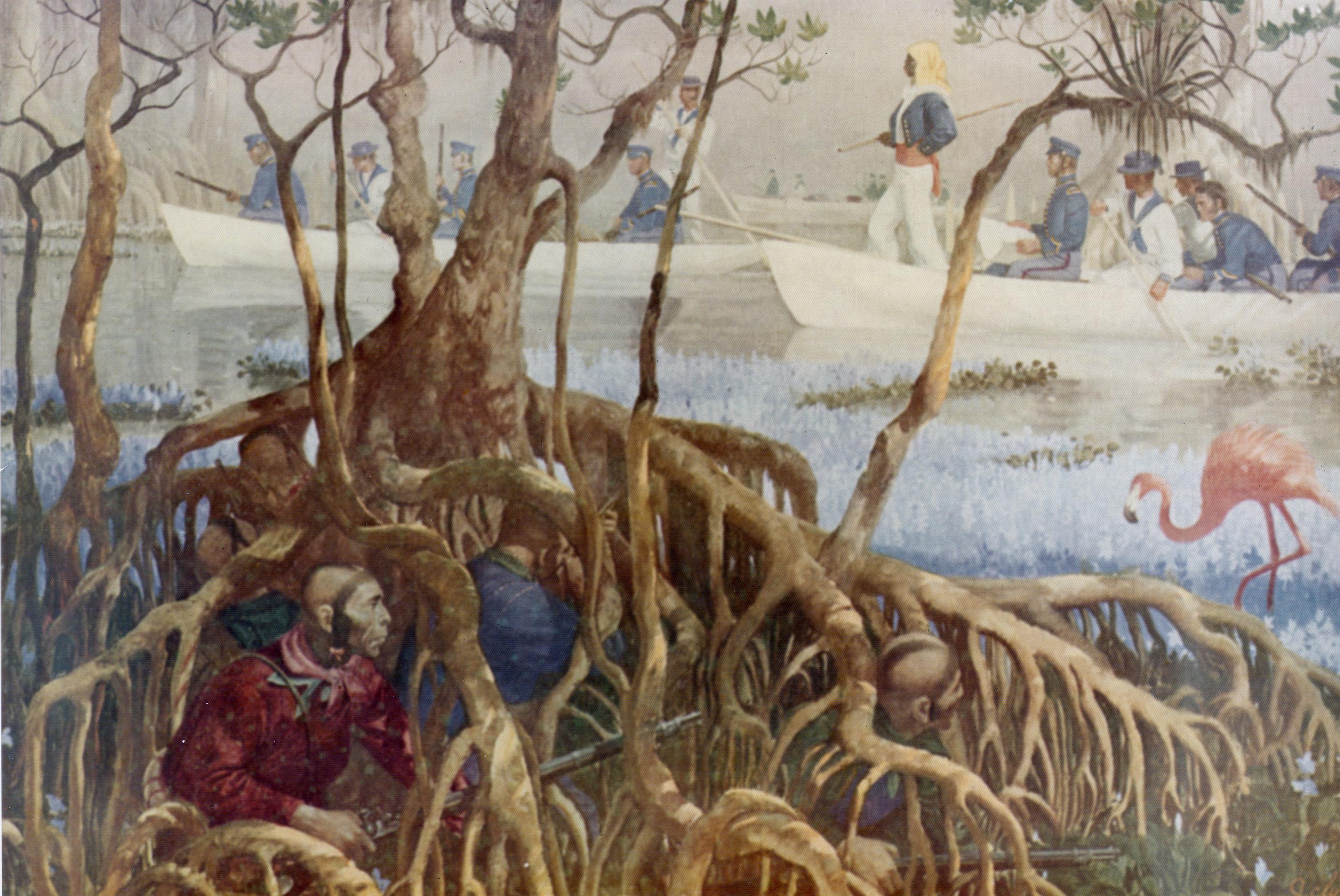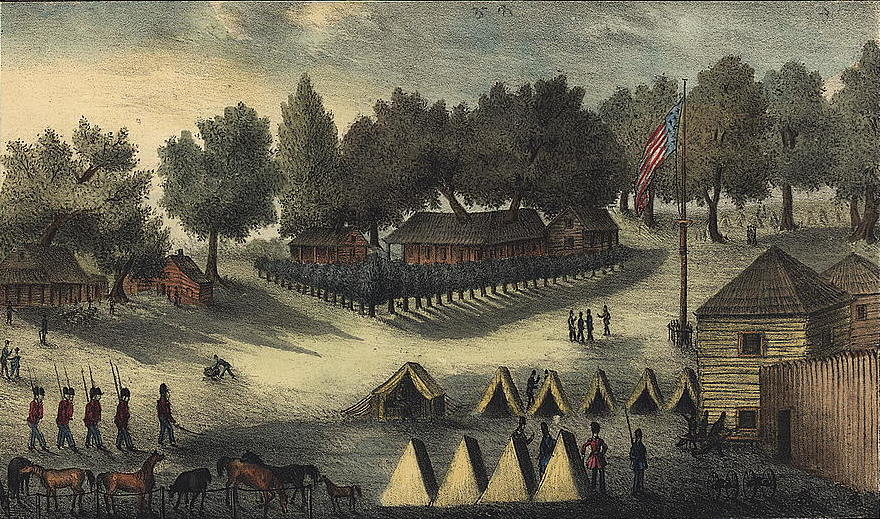|
John C. Casey
John Charles Casey (1809 – December 25, 1856) was an American military officer, professor, and Indian Affairs official. He was involved in the removal of Seminole, Seminoles from Florida. Casey Key is named for him. Fort Casey was named for him. Casey was born in England in 1809. He was in the United States Military Academy at West Point, New York class of 1829. He served U.S. president Zachary Taylor in Mexico. Sometime in the early 1830s, Casey was leased the services of an educated slave named Luis Pacheco who served as an interpreter for the military in the campaign Second Seminole War, against the Seminole. Jefferson Davis lauded him and his service. Charles H. Coe wrote about him as "the Seminoles' Friend". The National Museum of the American Indian in Washington, D.C. holds his letterbooks. The Gilcrease Museum in Tulsa, Oklahoma has a collection of his papers. See also *Francis L. Dade *Fort Brooke *Seminole Wars *Indian Removal Further reading *"The Story of Captain ... [...More Info...] [...Related Items...] OR: [Wikipedia] [Google] [Baidu] |
Seminole
The Seminole are a Native American people who developed in Florida in the 18th century. Today, they live in Oklahoma and Florida, and comprise three federally recognized tribes: the Seminole Nation of Oklahoma, the Seminole Tribe of Florida, and the Miccosukee Tribe of Indians of Florida, as well as independent groups. The Seminole people emerged in a process of ethnogenesis from various Native American groups who settled in Spanish Florida beginning in the early 1700s, most significantly northern Muscogee Creeks from what is now Georgia and Alabama. The word "Seminole" is derived from the Muscogee word ''simanó-li''. This may have been adapted from the Spanish word ''cimarrón'', meaning "runaway" or "wild one". Seminole culture is largely derived from that of the Creek; the most important ceremony is the Green Corn Dance; other notable traditions include use of the black drink and ritual tobacco. As the Seminole adapted to Florida environs, they developed local trad ... [...More Info...] [...Related Items...] OR: [Wikipedia] [Google] [Baidu] |
Gilcrease Museum
Gilcrease Museum, also known as the Thomas Gilcrease Institute of American History and Art, is a museum northwest of downtown Tulsa, Oklahoma housing the world's largest, most comprehensive collection of art of the American West, as well as a growing collection of art and artifacts from Central and South America. The museum is named for Thomas Gilcrease, an oil man and avid art collector, who began the collection. He deeded the collection, as well as the building and property, to the City of Tulsa in 1958. Since July 1, 2008, Gilcrease Museum has been managed by a public-private partnership of the City of Tulsa and the University of Tulsa. The Helmerich Center for American Research at Gilcrease Museum was added in 2014 at a cost of $14 million to provide a secure archival area where researchers can access any of the more than 100,000 books, documents, maps and unpublished materials that have been acquired by the museum. History Thomas Gilcrease grew up in the Muscogee (Creek ... [...More Info...] [...Related Items...] OR: [Wikipedia] [Google] [Baidu] |
1856 Deaths
Events January–March * January 8 – Borax deposits are discovered in large quantities by John Veatch in California. * January 23 – American paddle steamer SS ''Pacific'' leaves Liverpool (England) for a transatlantic voyage on which she will be lost with all 186 on board. * January 24 – U.S. President Franklin Pierce declares the new Free-State Topeka government in " Bleeding Kansas" to be in rebellion. * January 26 – First Battle of Seattle: Marines from the suppress an indigenous uprising, in response to Governor Stevens' declaration of a "war of extermination" on Native communities. * January 29 ** The 223-mile North Carolina Railroad is completed from Goldsboro through Raleigh and Salisbury to Charlotte. ** Queen Victoria institutes the Victoria Cross as a British military decoration. * February ** The Tintic War breaks out in Utah. ** The National Dress Reform Association is founded in the United States to promote "rational" dr ... [...More Info...] [...Related Items...] OR: [Wikipedia] [Google] [Baidu] |
1809 Births
Eighteen or 18 may refer to: * 18 (number), the natural number following 17 and preceding 19 * one of the years 18 BC, AD 18, 1918, 2018 Film, television and entertainment * ''18'' (film), a 1993 Taiwanese experimental film based on the short story ''God's Dice'' * ''Eighteen'' (film), a 2005 Canadian dramatic feature film * 18 (British Board of Film Classification), a film rating in the United Kingdom, also used in Ireland by the Irish Film Classification Office * 18 (''Dragon Ball''), a character in the ''Dragon Ball'' franchise * "Eighteen", a 2006 episode of the animated television series '' 12 oz. Mouse'' Music Albums * ''18'' (Moby album), 2002 * ''18'' (Nana Kitade album), 2005 * '' 18...'', 2009 debut album by G.E.M. Songs * "18" (5 Seconds of Summer song), from their 2014 eponymous debut album * "18" (One Direction song), from their 2014 studio album ''Four'' * "18", by Anarbor from their 2013 studio album ''Burnout'' * "I'm Eighteen", by Alice Cooper common ... [...More Info...] [...Related Items...] OR: [Wikipedia] [Google] [Baidu] |
Indian Removal
Indian removal was the United States government policy of forced displacement of self-governing tribes of Native Americans from their ancestral homelands in the eastern United States to lands west of the Mississippi Riverspecifically, to a designated Indian Territory (roughly, present-day Oklahoma). The Indian Removal Act, the key law which authorized the removal of Native tribes, was signed by Andrew Jackson in 1830. Although Jackson took a hard line on Indian removal, the law was enforced primarily during the Martin Van Buren administration. After the passage of the Indian Removal Act in 1830, approximately 60,000 members of the Cherokee, Muscogee (Creek), Seminole, Chickasaw, and Choctaw nations (including thousands of their black slaves) were forcibly removed from their ancestral homelands, with thousands dying during the Trail of Tears. Indian removal, a popular policy among incoming settlers, was a consequence of actions by European settlers in North America d ... [...More Info...] [...Related Items...] OR: [Wikipedia] [Google] [Baidu] |
Seminole Wars
The Seminole Wars (also known as the Florida Wars) were three related military conflicts in Florida between the United States and the Seminole, citizens of a Native American nation which formed in the region during the early 1700s. Hostilities commenced about 1816 and continued through 1858, with two periods of uneasy truce between active conflict. The Seminole Wars were the longest and most expensive, in both human and financial cost to the United States, of the American Indian Wars. Overview First Seminole War The First Seminole War (1817-1818)-"Beginning in the 1730's, the Spaniards had given refuge to runaway slaves from the Carolinas, but as late as 1774 Negroes idnot appear to have been living among the Florida Indians." After that latter date more runaway slaves began arriving from American plantations, especially congregating around " Negro Fort on the Apalachicola River." Free or runaways, "the Negroes among the Seminoles constituted a threat to the institutio ... [...More Info...] [...Related Items...] OR: [Wikipedia] [Google] [Baidu] |
Fort Brooke
Fort Brooke was a historical military post established at the mouth of the Hillsborough River in present-day Tampa, Florida in 1824. Its original purpose was to serve as a check on and trading post for the native Seminoles who had been confined to an interior reservation by the Treaty of Moultrie Creek (1823), and it served as a military headquarters and port during the Second Seminole War (1835-1842). The village of Tampa developed just north of the fort during this period, and the area was the site of a minor raid and skirmish during the American Civil War. The obsolete outpost was sparsely garrisoned after the war, and it was decommissioned in 1883 just before Tampa began a period of rapid growth, opening the land for development. Fort Brooke was located on what is now the southern end of downtown Tampa along eastern bank of the river and the Garrison Channel. Most of the fort's structures were situated at the current site of the Tampa Convention Center, with the military r ... [...More Info...] [...Related Items...] OR: [Wikipedia] [Google] [Baidu] |
Francis L
Francis may refer to: People *Pope Francis, the head of the Catholic Church and sovereign of the Vatican City State and Bishop of Rome * Francis (given name), including a list of people and fictional characters * Francis (surname) Places *Rural Municipality of Francis No. 127, Saskatchewan, Canada *Francis, Saskatchewan, Canada ** Francis (electoral district) * Francis, Nebraska * Francis Township, Holt County, Nebraska *Francis, Oklahoma * Francis, Utah Other uses * ''Francis'' (film), the first of a series of comedies featuring Francis the Talking Mule, voiced by Chill Wills *''Francis'', a 1983 play by Julian Mitchell *FRANCIS, a bibliographic database * ''Francis'' (1793), a colonial schooner in Australia * Francis turbine, a type of water turbine * Francis (band), a Sweden-based folk band * Francis, a character played by YouTuber Boogie2988 See also *Saint Francis (other) St. Francis or Saint Francis may refer to: Roman Catholic saints *Francis of Assisi (1181� ... [...More Info...] [...Related Items...] OR: [Wikipedia] [Google] [Baidu] |
Tulsa, Oklahoma
Tulsa () is the second-largest city in the U.S. state, state of Oklahoma and List of United States cities by population, 47th-most populous city in the United States. The population was 413,066 as of the 2020 United States census, 2020 census. It is the principal municipality of the Tulsa Metropolitan Area, a region with 1,023,988 residents. The city serves as the county seat of Tulsa County, Oklahoma, Tulsa County, the most densely populated county in Oklahoma, with urban development extending into Osage County, Oklahoma, Osage, Rogers County, Oklahoma, Rogers, and Wagoner County, Oklahoma, Wagoner counties. Tulsa was settled between 1828 and 1836 by the Lochapoka Band of Creek people, Creek Native American tribe and most of Tulsa is still part of the territory of the Muscogee (Creek) Nation. Historically, a robust energy sector fueled Tulsa's economy; however, today the city has diversified and leading sectors include finance, aviation, telecommunications and technology. Two ... [...More Info...] [...Related Items...] OR: [Wikipedia] [Google] [Baidu] |
National Museum Of The American Indian
The National Museum of the American Indian is a museum in the United States devoted to the culture of the indigenous peoples of the Americas. It is part of the Smithsonian Institution group of museums and research centers. The museum has three facilities. The National Museum of the American Indian on the National Mall in Washington, D.C., opened on September 21, 2004, on Fourth Street and Independence Avenue, Southwest. The George Gustav Heye Center, a permanent museum, is located at the Alexander Hamilton U.S. Custom House in New York City. The Cultural Resources Center, a research and collections facility, is located in Suitland, Maryland. The foundations for the present collections were first assembled in the former Museum of the American Indian in New York City, which was established in 1916, and which became part of the Smithsonian in 1989. On January 20, 2022, the museum announced Cynthia Chavez Lamar as its new director. Her first day in this position was February 1 ... [...More Info...] [...Related Items...] OR: [Wikipedia] [Google] [Baidu] |
Casey Key
Casey Key is a barrier island off the coast of Southwest Florida, located south of Siesta Key, Florida, Siesta Key. Casey Key is part of the North Port, Florida, North Port—Sarasota, Florida, Sarasota—Bradenton, Florida, Bradenton Sarasota metropolitan area, Metropolitan Statistical Area. History Casey Key is erroneously named after John C. Casey, Captain John Charles Casey as a result of a U.S. National Geodetic Survey, U.S. Coast and Geodetic Survey chart published in 1851. Captain John Casey and his army were settled at Casey's Key, located south of the island, at the time. References Gulf Coast barrier islands of Florida Islands of Sarasota County, Florida Beaches of Sarasota County, Florida Beaches of Florida Islands of Florida {{SarasotaCountyFL-geo-stub ... [...More Info...] [...Related Items...] OR: [Wikipedia] [Google] [Baidu] |
Charles H
Charles is a masculine given name predominantly found in English and French speaking countries. It is from the French form ''Charles'' of the Proto-Germanic name (in runic alphabet) or ''*karilaz'' (in Latin alphabet), whose meaning was "free man". The Old English descendant of this word was '' Ċearl'' or ''Ċeorl'', as the name of King Cearl of Mercia, that disappeared after the Norman conquest of England. The name was notably borne by Charlemagne (Charles the Great), and was at the time Latinized as ''Karolus'' (as in ''Vita Karoli Magni''), later also as '' Carolus''. Some Germanic languages, for example Dutch and German, have retained the word in two separate senses. In the particular case of Dutch, ''Karel'' refers to the given name, whereas the noun ''kerel'' means "a bloke, fellow, man". Etymology The name's etymology is a Common Germanic noun ''*karilaz'' meaning "free man", which survives in English as churl (< Old English ''ċeorl''), which developed i ... [...More Info...] [...Related Items...] OR: [Wikipedia] [Google] [Baidu] |




